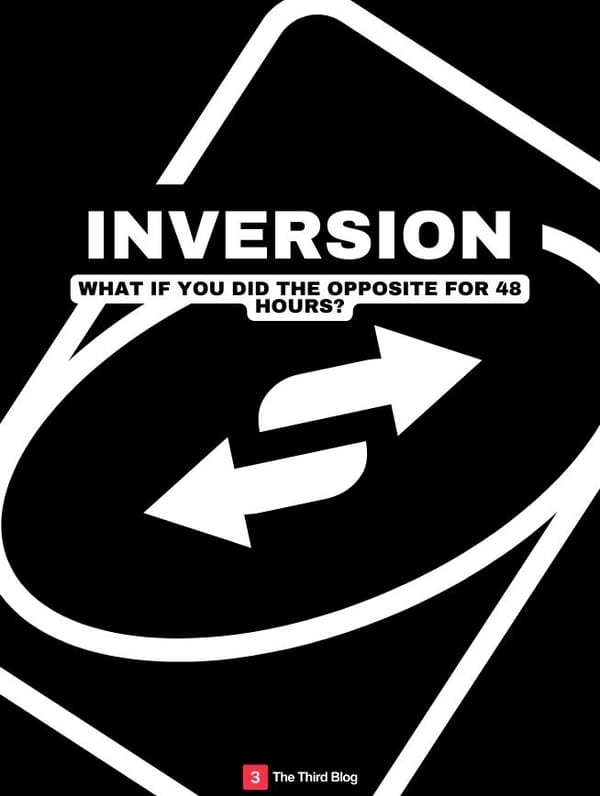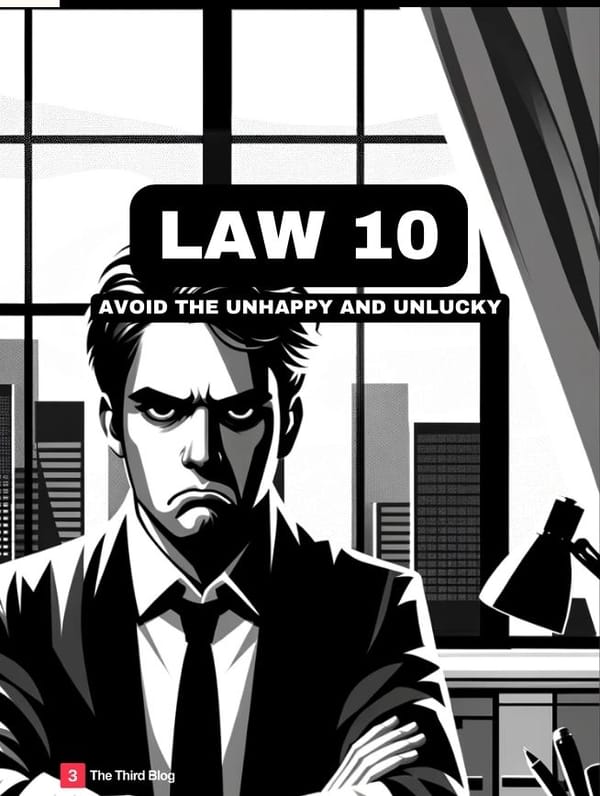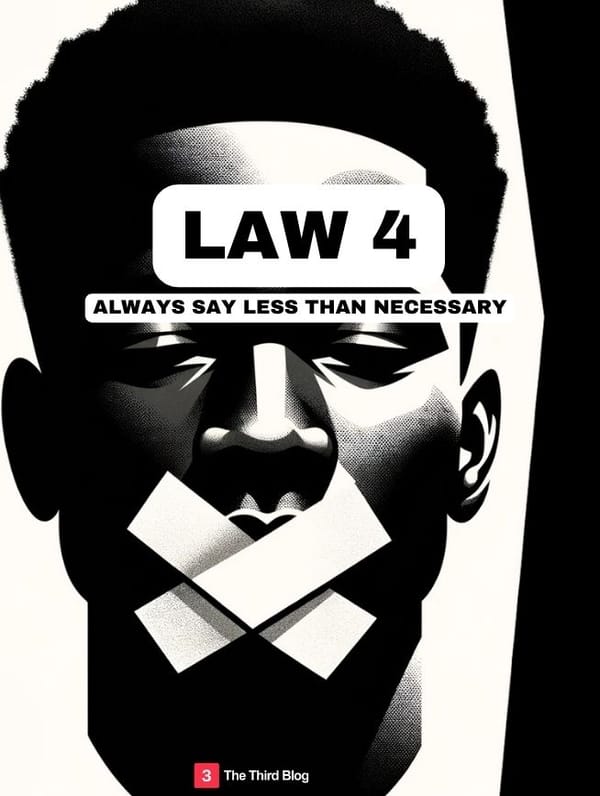This week I have been cultivating a bunch of new habits – or maybe more like returning to the ones I found have worked for me over the years. It’s funny how when things are good for us, they so easily fall to the wayside. Anyway, part of this is my morning routine and waking up a bit earlier. I changed myself into an early riser about 6 years ago, but recently I’ve just been wasting that time. I convinced myself some alone time in the morning was great for my health and wellbeing, but actually I was just sat there watching YouTube or playing mobile games.
With the mornings and some actual focus, I’ve had a lot of new thinking time. I wrote a blog months ago about creating more and consuming less. I also wrote about how my stutter, although limiting, encourages me to write more. I love it and thought, lets combine the two; creation and writing. Let’s get into it.
First of all, what is prototyping?
Protoyping is the process of creating a preliminary version or model of a product, service, or system in order to test and refine its functionality, design, and usability. It typically involves using various materials and tools to create a physical or digital representation of the final product or service. Prototyping is often used in fields such as engineering, product design, software development, and architecture. It allows for early feedback, iteration, and improvements to be made before the final product is produced, which can save time, money, and resources in the long run.
The interesting thing here is that ‘prototyping is often used in fields such as engineering, product design, software development, and architecure’.
Why just these professions?
One of the main advantages of prototyping is the ability to identify potential problems or issues at an early stage. By creating a scaled-down or simplified version of a product or concept, you can test its functionality, usability, and overall viability. Throughout my career I’ve gradually seen the value of prototyping in EVERY profession. Here is why:
Execution
Getting stuff done is the cornerstone to success. Something I’ve witnessed throughout my life is that most people are all talk no action. It’s a stream of BS that lines the mouths of friends and coworkers; trying to look busy and trying to look important. What I have consistently tried to focus on is execution. Every day, every week, every month – what can I contribute and what can I launch?
There is HUGE value in getting things done. A prototype will do that for you. A prototype shows yourself, your team and your superiors that things ARE in motion. In complex projects, there are often some tasks that seem unsourmountable. Break these down and deliver a first draft. Remember, a prototype doesn’t JUST need to be a product. Write down some ideas, visualise the scenario or the campaign and share it with people. Just like this blog, it can be used as a mirror and a sounding-board to continue the momentum and gain valuable feedback.
Tony Robbins says “It’s not about success, it’s about progress…Progress equals happiness”.
Prototyping can also instill confidence in stakeholders, as they can see and interact with a tangible representation of the final product or solution. This hands-on experience can help alleviate concerns and uncertainties, leading to quicker decision-making and faster project approval.
Communication & Instant Feedback
In particular, prototyping allows complex tasks to be simplified, and it can help teams to communicate more clearly. A prototype provides the advantages of visualizing ideas, as well as the ability to refine and adjust the design along the way.
Perfectionism stains the minds of so many great thinkers. We refuse to share an unfinished project due to fear of reprisal, shame and being wrong. Elon Musk has a great quote that says “Failure is essentially irrelevant unless it is catastrophic.’. Sharing your work in business is invaluable. Even if you are the ‘big boss’, gathering feedback from those that will have some involvement in the deliverable is invaluable.
I work in marketing. As soon as you can share some visuals, budget, expected return, WHATEVER – with the product teams, sales team or your boss – the better. Before you’ve had time to invest HOURS making the ‘perfect’ deliverable – get some feedback. Test it out on a smaller scale. Communicate your plans with the team and see what they say.
Something that took me a long time to understand is that you can’t do everything alone, no matter how much you try. In business, have you ever heard someone say you communicated TOO much? I doubt it. Put your prototype out to the world and see what happens. BEST case scenario, you get some early feedback from some key stakeholders and also keep them in the loop.
Testing & Data Gathering
By exploring different ways that professionals use prototyping, it is possible to uncover the unique benefits that it offers to professionals in different fields.
How often have you worked on a big project, presented your ideas and then been tactically shot-down by the room? Maybe you haven’t been in this scenario and everything has been a breeze – but testing with prototypes would make this even easier. Imagine if you had data to back up your ideas? Data to backup your campaigns? This is how you stand out from the rest. How do you get data at the start of a project? Develop a prototype.
For example, prototyping can be used to quickly test different versions of marketing campaigns, or to rapidly develop and deploy computer programs. For marketing teams, a prototype can help to assess the performance of campaigns and make quick adjustments to maximize results.
One time I created a prototype for a JOB INTERVIEW. I was asked to make a small presentation on their products and give them my thoughts on their marketing strategy (Free labour/ cheeky for a job interview right?..anyway). I put some ideas to paper and shared it with 100 people through friends and family. What did I have to show and present during the interview? INVALUABLE feedback from real-world users about their product. Something that to be honest their team should already of had… but did I get the job? You bet I did.
This shows the value of Execution, Instant feedback and Data gathering – let’s continue:
Cost & Time Savings
There are also potential cost savings associated with prototyping. With a prototype, teams can quickly build a product idea, measure the impact, and move on to a commercial product more quickly. This results in faster development, lower costs, and a better overall customer experience.
Additionally, prototyping allows you to identify potential problems or issues at an early stage. By creating a scaled-down or simplified version of a product or concept, you can test its functionality, usability, and overall viability. This early detection allows you to address problems before they become costly and time-consuming to fix later in the development process.
Regardless of your profession, prototyping offers numerous benefits that can save both time and money. By enabling early identification of issues, improved decision-making, iterative development, reduced waste, increased stakeholder confidence, and enhanced collaboration, prototyping is a valuable tool that should not be overlooked in any field.
I hope this has been useful!
T3B








